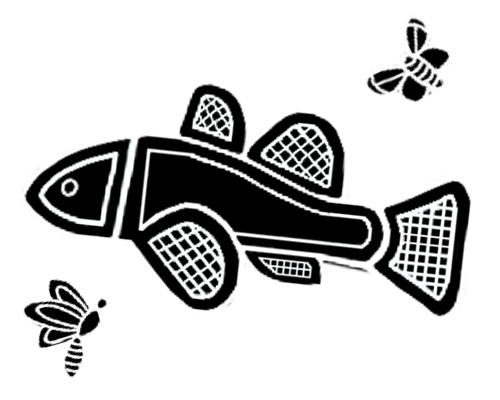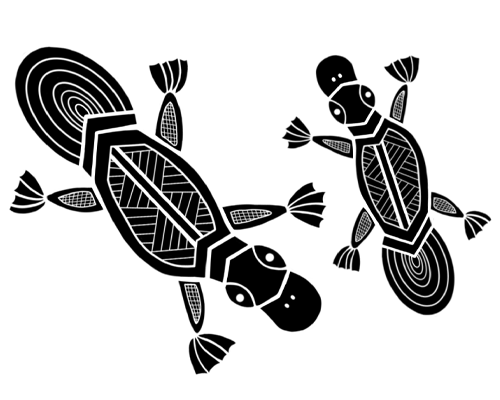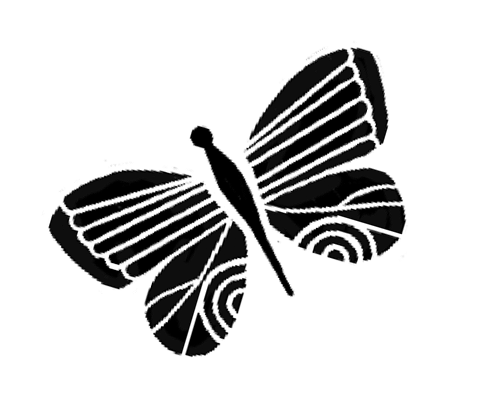Dhelk yaram
Dhelk yaram
(healthy chain of waterholes)
Artist: Sharlee Dunolly-Lee
Clan/Group: Dja Dja Wurrung descendant
Themes: Water, native flora and fauna, six seasons, connection to country, cultural heritage, healing country, and returning spirit.
This artwork depicts the environment and what was available on this part of Dja Dja Wurrung Country, connecting, thriving, and flourishing from the life force of the Loddon River.
It portrays the waterways as healthy, supporting and meeting the needs of the environment, Djaara (Dja Dja Wurrung people), and the broader community.
While most species endemic to the Greater Bendigo region are now critically endangered and at high risk of extinction, important tucker and medicine species can still be found across County today. Their presence signifies healthy landscapes and waterways.
The yaram (chain of waterholes) represents the Bendigo Creek prior to European settlement, recognising the deep, unceded connection Dja Dja Wurrung People have to the waterways and lands.
It symbolises the connective flow of the bulatjal yaluk (Loddon River) during waanyarra (water) time from June-August. Dhelk yaram (healthy chain of waterholes) supplies dhelki gatjin (fresh drinking water), and is a reminder to support life during gatjayi (dry weather).
The linework and crosshatch patterns represent malamiya (cultural heritage) and bakuna (catching fish with net or line). It honours the unique stories and buri gurtang djaa (journeys), wisdom and resilience of Djaara and martiinga kuli (ancestors).
Wura wura (blue)
The wura wura colour represents rarity in nature, much like the species tied to their environment. It symbolises the spiritual realm and the sky. It is a reminder to promote healthy and clean waterways while appreciating safe, secure and accessible drinking water, now and into the future.
Wulkut (Blackfish)
Wulkut is an important djakitj (food) for Djaara. During September-December, when the water warms, Blackfish become more active and spawn.
The other fish species portrayed include the Southern Pygmy Perch, which has been considered locally extinct since the Gold Rush of Central Victoria, and the Purple Spotted Gudgeon, which is so rarely seen that it is believed to be regionally extinct.

Watjarang (Platypus)
Watjarang is important to Djaara and to the ancestors. Its wurru (bill) has specialised sensory receptors that provides information to navigate under water, search for food and detect movements and electrical discharges from its prey.
During September-December, platypus breed and lay eggs, and insects such as Swamp Bluet Damselfly, lirri (mosquitos), and birik (flies) are most active.

Balam balam (Butterfly)
Balam balam represents protection, transformation, change and the cycle of life, symbolising the connection between the physical and spiritual realms. The species portrayed is the Common Grass Blue Butterfly which flies close to the ground and lands frequently to feed on the nectar of low-growing flowers.


